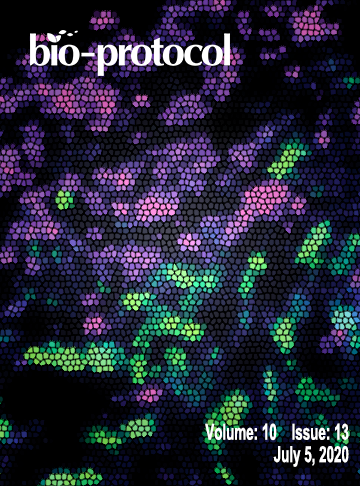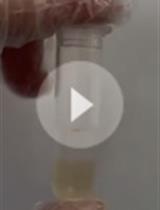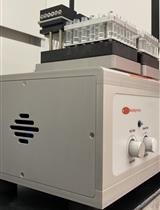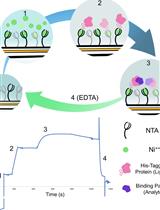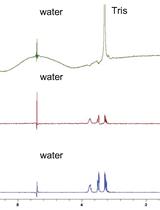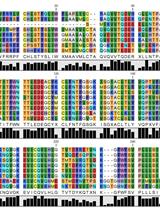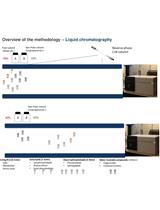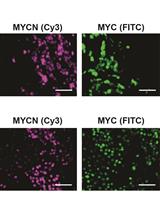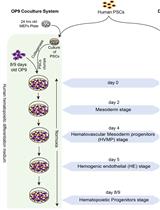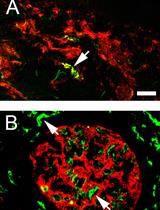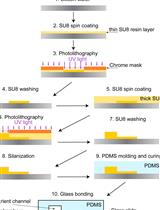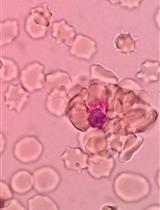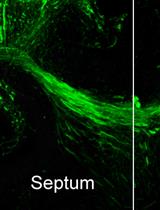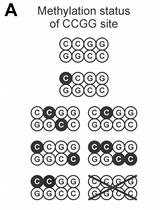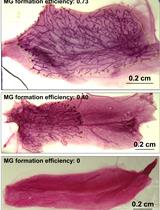往期刊物2020
卷册: 10, 期号: 13
生物化学
Preparation of Drosophila Polytene Chromosomes, Followed by Immunofluorescence Analysis of Chromatin Structure by Multi-fluorescence Correlations
制备果蝇多线染色体并通过多重荧光关联对染色质结构进行免疫荧光分析
Gas Chromatography Detection Protocol of Short-chain Fatty Acids in Mice Feces
小鼠粪便中短链脂肪酸的气相色谱检测
Protocol for Peptide Synthesis on Spectrally Encoded Beads for MRBLE-pep Assays
用于MRBLE-pep分析的光谱编码微球肽合成方案
In vitro Assessment of Pathogen Effector Binding to Host Proteins by Surface Plasmon Resonance
利用表面等离子体共振技术评价病原菌与宿主蛋白的结合
生物物理学
NMR waterLOGSY as An Assay in Drug Development Programmes for Detecting Protein-Ligand Interactions–NMR waterLOGSY
NMR waterLOGSY应用于药物开发项目中蛋白质-配体相互作用的检测
癌症生物学
Generation and Testing of Fluorescent Adaptable Simple Theranostic (FAST) Proteins
FAST蛋白的生成与检测
Isolation of Lipid Rafts from Cultured Mammalian Cells and Their Lipidomics Analysis
哺乳动物细胞脂筏的分离及其脂质组学分析
Tyramide Signal-Amplified Immunofluorescence of MYCN and MYC in Human Tissue Specimens and Cell Line Cultures
酪胺信号放大的人体组织标本和细胞系培养物中的MYCN和MYC免疫荧光
免疫学
Generation of T cells from Human and Nonhuman Primate Pluripotent Stem Cells
从人类和非人类灵长类动物多能干细胞中产生T细胞
Co-immunostaining of ICAM-1, ICAM-2, and CD31 in Mouse Kidney Glomeruli
小鼠肾小球ICAM-1、ICAM-2和CD31的联合免疫染色
微生物学
Observing Nutrient Gradients, Gene Expression and Growth Variation Using the "Yeast Machine" Microfluidic Device
使用“酵母机”微流控设备观察营养梯度,基因表达和生长变异
Microscopy-based Methods for Rosetting Assay in Malaria Research
基于显微技术的疟疾玫瑰花环试验
神经科学
Organotypic Slice Culture of the Embryonic Mouse Brain
胚胎小鼠大脑的器官型切片培养
The Discrete Paired-trial Variable-delay T-maze Task to Assess Working Memory in Mice
利用T迷宫评价小鼠工作记忆的非连续配对变换延迟任务
植物科学
Methylation-sensitive Amplified Polymorphism as a Tool to Analyze Wild Potato Hybrids
利用甲基化敏感扩增多态性分析野生马铃薯杂交种
干细胞
In vivo Mouse Mammary Gland Formation
小鼠体内乳腺形成


